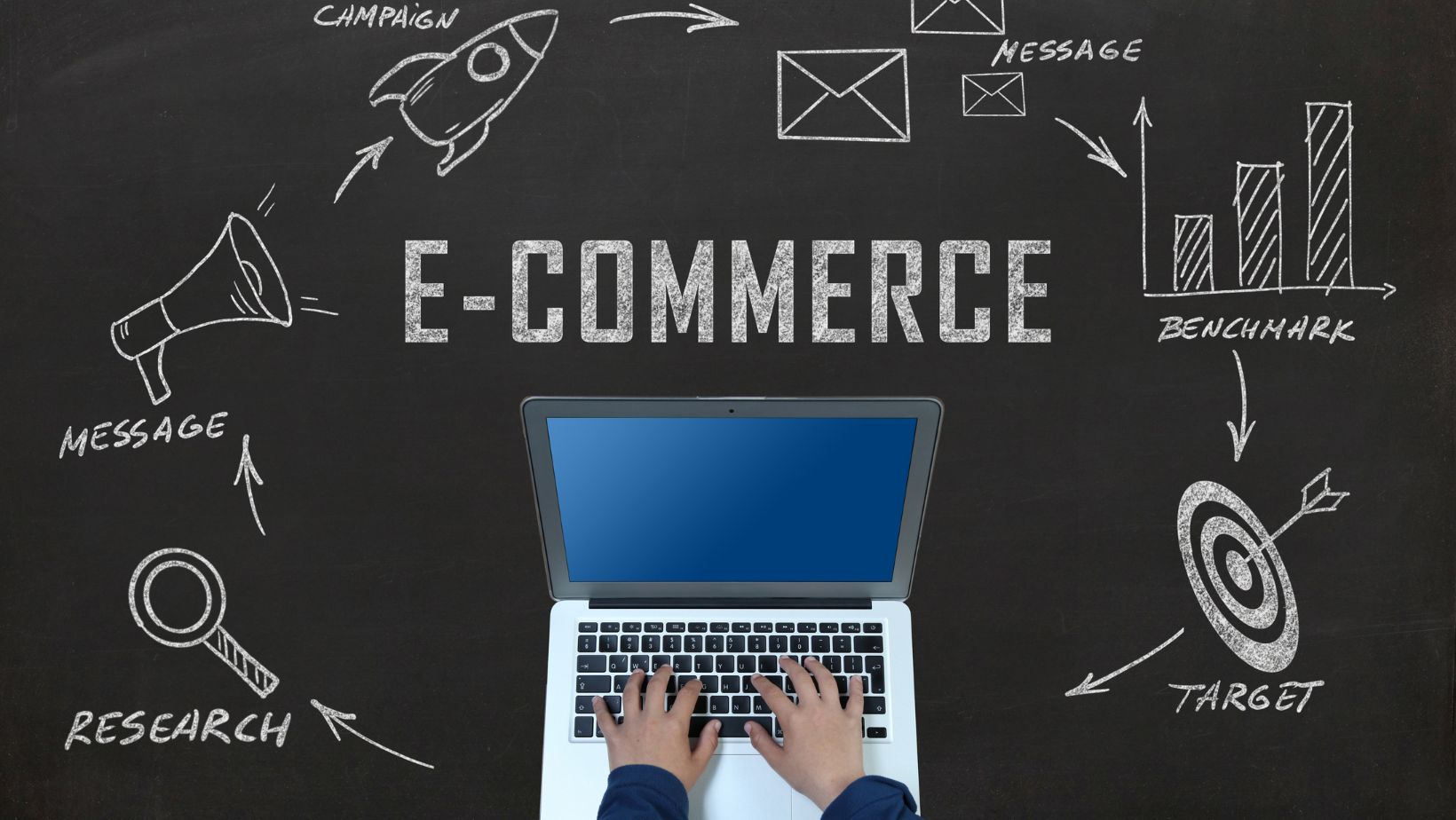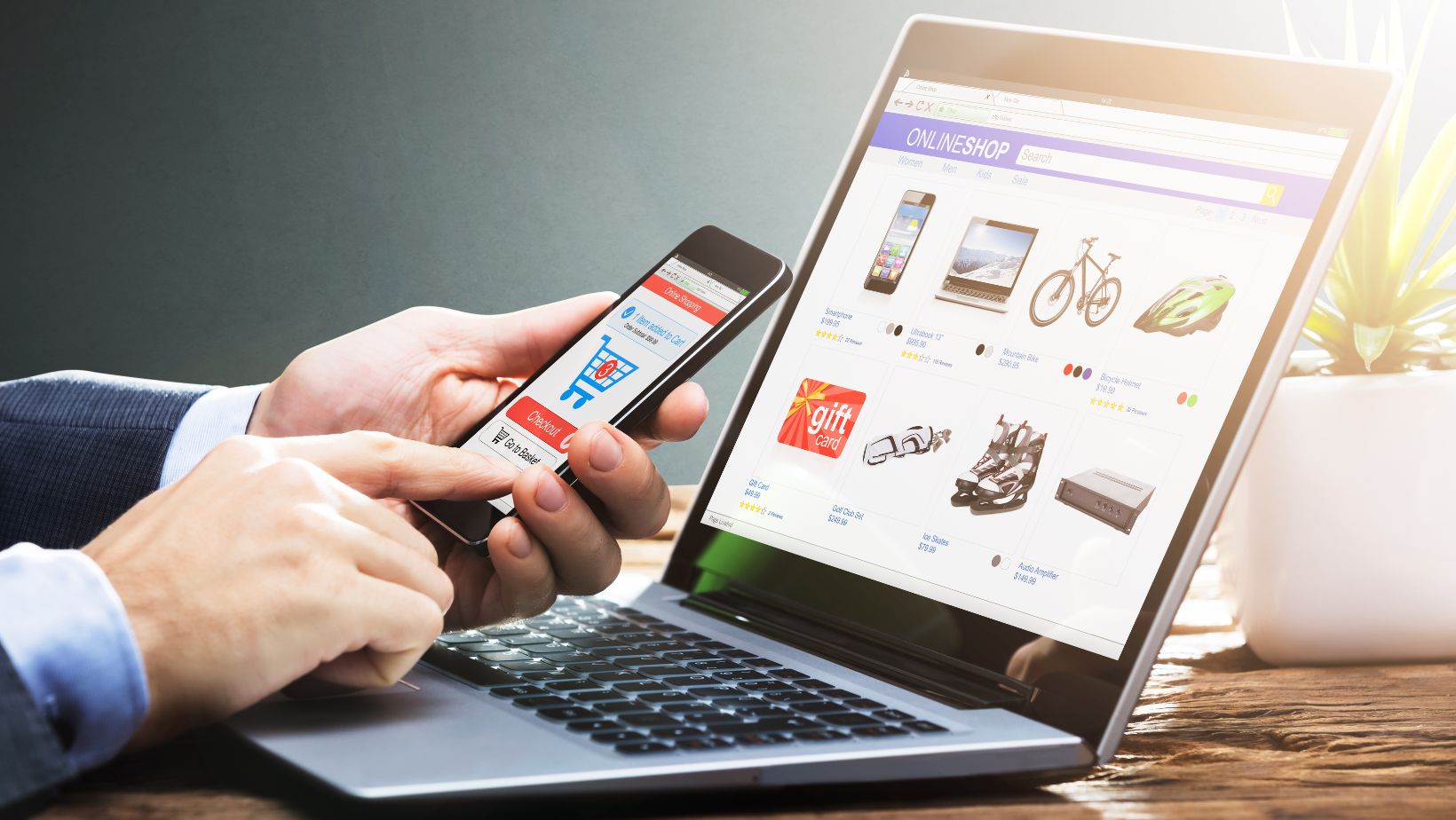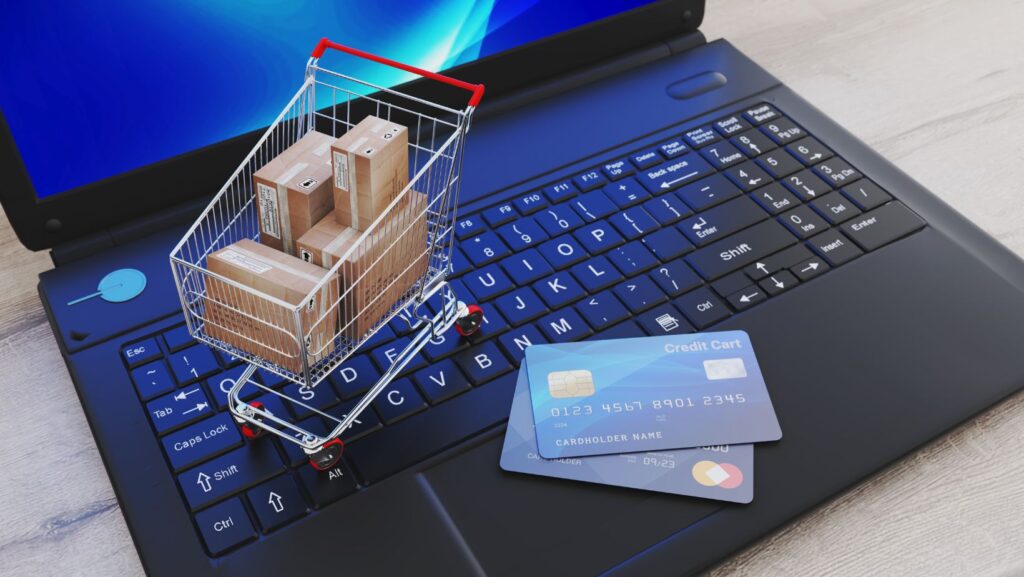Running an online store isn’t just about having great products. If your payment process is slow, complex, or outdated, you’re losing sales. In fact, a clunky checkout is one of the top reasons customers abandon their carts.
With so many payment methods and trends emerging, it’s easy to feel overwhelmed. This guide will break down the key concepts of e-commerce payments.
Key Concepts in E-commerce Payments
Understanding the basics of e-commerce payments is crucial for building a seamless checkout process. Here are some key terms and concepts every merchant should know:
1. Payment Gateway
A payment gateway is the technology that securely processes payments from customers. It connects your store to the payment network, ensuring transactions are fast and safe.
2. Payment Processor
The payment processor handles the technical aspects of the transaction, such as communicating between the merchant’s bank and the customer’s bank.
3. Merchant Account
This is a specialised bank account where funds from online transactions are deposited before being transferred to your main business account.
4. Chargebacks
A chargeback occurs when a customer disputes a transaction, and the funds are returned. High chargeback rates can harm your reputation and increase costs. You’d want your customers to get a refund instead via official channels rather than a dispute.

5. Strong Customer Authentication (SCA)
SCA is a requirement under PSD2 in Europe. It ensures that payments are verified through additional security layers like multi-factor authentication.
Latest Trends in E-commerce Payments
The payments landscape is evolving quickly. Staying ahead of the trends can help you attract more customers and improve your bottom line. Let’a take a look at some of the key trends.
Purchase Now, Pay Later (BNPL)
BNPL has exploded in popularity, particularly among younger shoppers. It allows customers to spread out payments without using a credit card, making higher-ticket items more accessible.
One-Click Payments
Fast checkouts are in high demand. One-click payments reduce friction, speeding up the process and reducing cart abandonment rates.
Open Banking Platforms
Open banking is revolutionising payments. By enabling direct bank-to-bank transfers, open banking platforms offer faster, more secure, and cost-effective solutions.
Mobile Wallets
Digital wallets like Apple Pay and Google Pay are becoming a go-to option for mobile shoppers, offering speed and convenience.
Most Popular Payment Methods for E-commerce
Offering multiple payment options can help you cater to a wider audience and reduce abandoned carts. Here are the most common methods:
- Digital Wallets: Digital wallets like Google Pay, PayPal and Apple Pay are fast, secure, and ideal for mobile-first shoppers. They also eliminate the need for manual entry of card details. They are now the most popular payment method globally.
- Credit and Debit Cards: Cards also remain the popular payment method globally. They’re widely accepted and familiar to customers.
- Buy Now, Pay Later (BNPL): A must-have for businesses targeting younger demographics or selling higher-value items.
- Open Banking: Open Banking is taking over card payments as it has better UX for customers, faster settlement times, and is more cost-efficient for merchants.
Why Open Banking Is a Game-Changer for E-commerce
Open banking platforms are transforming how payments are made online. Here’s why they’re a great option for e-commerce merchants:
Open banking is more cost-efficient as it bypasses traditional card networks, eliminating costly interchange fees. This means more of your revenue stays in your pocket.
With instant bank-to-bank transfers, payments are completed in seconds. This improves cash flow and speeds up order processing.
Open banking uses strong customer authentication (SCA) and bank-level encryption, reducing fraud and eliminating chargebacks.
Customers pay directly from their bank accounts, skipping the need to enter card details. This frictionless process enhances satisfaction and loyalty.
For merchants operating globally, open banking simplifies international transactions. It supports multiple currencies and reduces delays.
How to Choose the Right Payment Solution
Selecting the best payment options for your store depends on your business model, customer base, and growth plans.
- Know Your Customers: Understand which payment methods your audience prefers. For example, younger customers might favour BNPL and open banking, while older ones might prefer credit cards or bank transfers.
- Consider Costs: Look for transparent pricing. Open banking platforms often provide cost-effective alternatives by cutting out intermediaries.
- Focus on Security: Choose solutions that comply with regulations like PSD2 and offer robust fraud prevention.

- Ease of Integration: Ensure the payment gateway integrates seamlessly with your e-commerce platform. Look for plugins or APIs that simplify the process.
- Scalability: Select a solution that can grow with your business, supporting higher volumes and new markets.
Final Thoughts
E-commerce payments are the backbone of your online store. The right strategy can improve customer experience, reduce costs, and drive growth.
In a competitive landscape, staying ahead of trends and offering secure, flexible payment options is essential. Take the time to evaluate your needs, understand your customers, and choose a payment solution that helps your business thrive.



